48 pages • 1 hour read
AnonymousHomeric Hymns
Fiction | Novel/Book in Verse | AdultA modern alternative to SparkNotes and CliffsNotes, SuperSummary offers high-quality Study Guides with detailed chapter summaries and analysis of major themes, characters, and more.
Summary and Study Guide
Overview
Introduction
The anonymously written Homeric Hymns are thought to have been composed in the late 6th to early 7th century BCE, and the individual hymns vary in both authorship and composition date. Despite the name, this collection of 33 hymns is not attributed to Homer but rather uses a form of meter, or rhythmic pattern, associated with his poetry. This meter is termed dactylic hexameter: There are six feet per verse line (a foot is a metrical unit consisting of syllables), and each line of feet contains a dactyl (a word or phrase that creates a single stressed syllable followed by two unstressed syllables). The meter is widely employed in ancient Greek and Roman poetry.
Originally, the word hymn—derived from the Greek word humnos—denoted any song or form of poetry, but by the time the Homeric Hymns were composed, the word had come to denote only those poems honoring a god, which aligns with the modern sense of the word. The Homeric Hymns descend from epics originally passed through oral traditions but then transcribed as the Greeks acquired a unified written language; examples include Homer’s Iliad (an epic poem recounting the Trojan War) and Hesiod’s Works and Days (a collection of poems contemplating agriculture and human nature). Like these early works, the Homeric Hymns focus on narrative and meter, and they were typically performed solo with a lyre. Another shared element with modern hymns is their stories’ god-human dynamic; the audience experiences the powers of the gods through the tales of divinities’ interactions with mortals.
This study guide cites the 2005 Indianapolis/Cambridge edition, translated by Sarah Ruden.
Plot Summary
The Homeric Hymns portray a new divine order under Zeus and articulate a cosmos where mortal and immortal lives intersect. Topics such as death, religion, and culture undergird many of the stories, but the hymns’ preoccupation with established, everlasting order is fully intelligible only in light of Hesiod’s Theogony, a poem of the Greek gods’ origins. Hesiod’s work details how, prior to Zeus’s rule, the immortal world of the gods was fraught with intergenerational conflict, wherein a male offspring would eventually usurp his father. Zeus’s father, the Titan Cronus, attempted to forestall this ousting by eating his own children. However, his wife, the Titan Rhea, tricked him into eating a rock instead of Zeus, who eventually overthrew Cronus and banished the Titans to Tartarus.
In the Homeric Hymns, Zeus’s established order breaks the cycle of intergenerational conflict. He also challenges the traditionally maternal nature of childbearing, often birthing his own children by a divine act of creation. In the hymn to Athena, Zeus swallows the Titan Metis, who is pregnant with Zeus’s child Athena; Athena is then born, emerging from Zeus’s head, symbolizing her embodiment of wisdom. Zeus also establishes essential relations among the divinities as a mediator, not an oppressive ruler. Therefore, the Homeric Hymns portray not an intergenerational power struggle but the effort to continually re-establish order as new divinities are added to the pantheon.
While composed for worship, the hymns are also an attempt at understanding natural phenomena and the order of the world. Like so many ancient mythical narratives, the Homeric Hymns directly confront real-life problems and articulate their own explanations and cautionary tales. Broadly speaking, the hymns center on familial issues such as motherhood, sibling rivalry, and marital jealousy. For example, in the hymn to Demeter, the goddess of fertility wrestles with her identity as a mother after losing her daughter Persephone to marriage. Other hymns provide explanations for natural phenomena, such as the seasons changing (also in the hymn to Demeter): Zeus declares that Persephone will spend one-third of the year with Hades, god of the Underworld, and her absence accounts for earth’s barren winters.
The hymns also showcase the intersection of the mortal and immortal worlds. Greek literature often portrays various transgressions of the boundary between the divine and the human, and humanity’s forced subjugation to the will of the gods is a motif throughout. For example, when the god Apollo transforms into a dolphin and steers a ship of Cretan men to the isle of Crisa, he forces them into servitude to the oracle at Delphi, thus isolating the sailors from their families and condemning them to a life of subjugation. The hymns also depict the potential fall of a god from honor into the mortal world. Divinities Aphrodite and Hermes illustrate this fall, as both are prone to battling mortal desires; Aphrodite falls in love with the mortal Anchises, and Hermes craves meat as opposed to the ambrosia of the gods.
The Homeric Hymns prove an indispensable historical resource, providing crucial insight into the culture and customs of Ancient Greece.
Related Titles
By Anonymous

Arabian Nights
Anonymous
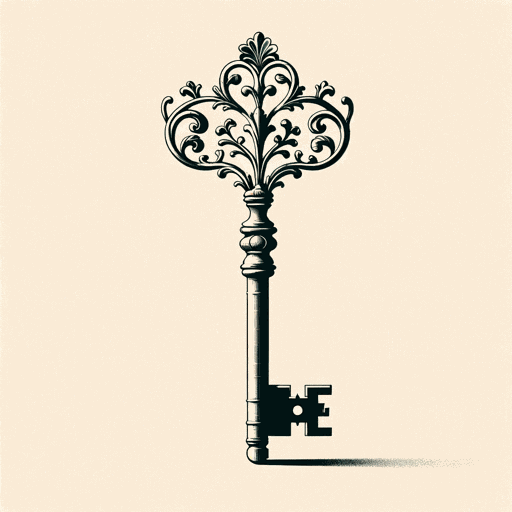
Arden of Faversham
Anonymous

A Woman in Berlin
Anonymous

Bible: New Testament: English Standard Version
Anonymous
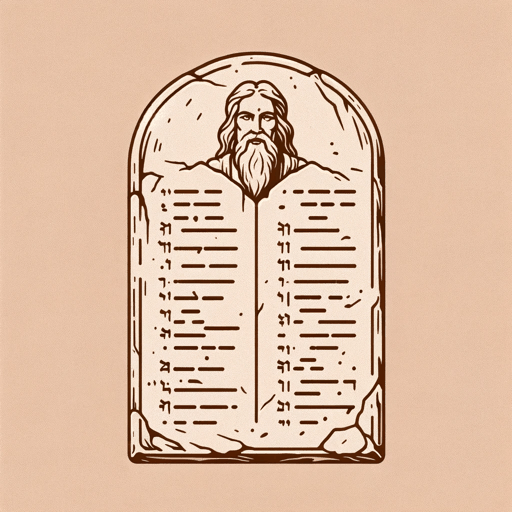
Bible: Old Testament: English Standard Version
Anonymous

Deuteronomy
Anonymous

Diary of an Oxygen Thief
Anonymous

Do Not Stand at My Grave and Weep
Anonymous
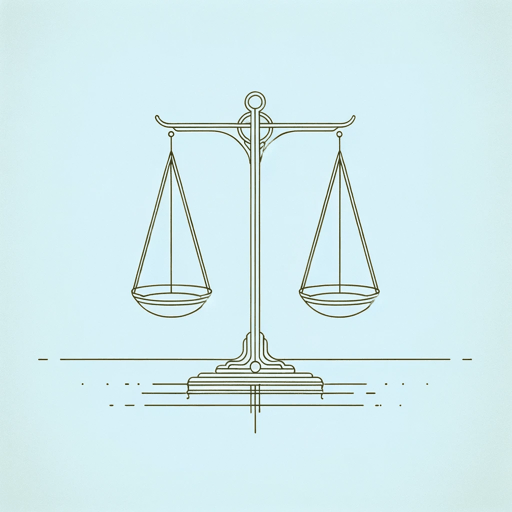
Everyman
Anonymous

Hebrew Bible
Anonymous

Holy Bible
Anonymous
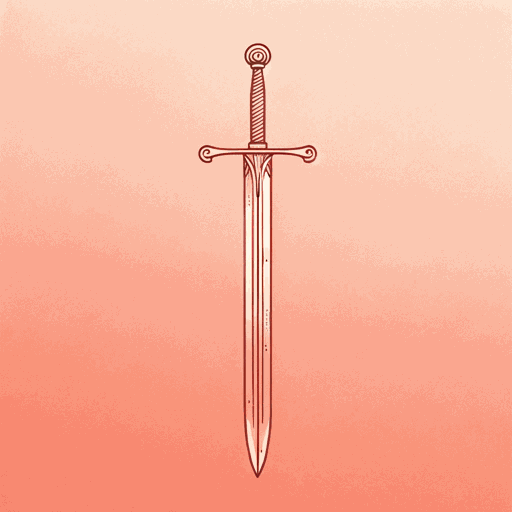
Judith
Anonymous

Laxdaela Saga
Anonymous
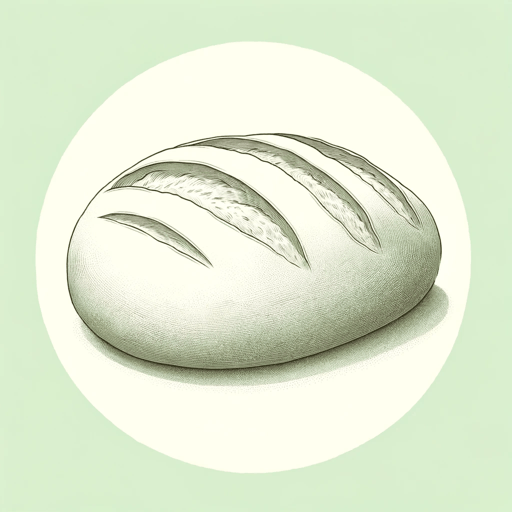
Lazarillo De Tormes
Anonymous

Mahabharata
Anonymous
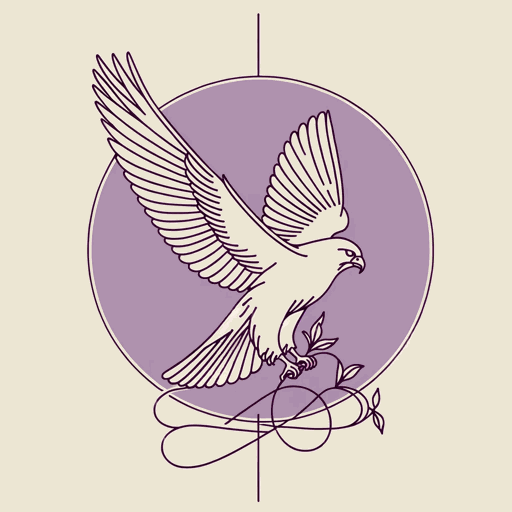
Nibelungenlied
Anonymous

Njals Saga
Anonymous

One Thousand and One Nights
Anonymous

Popol Vuh
Anonymous
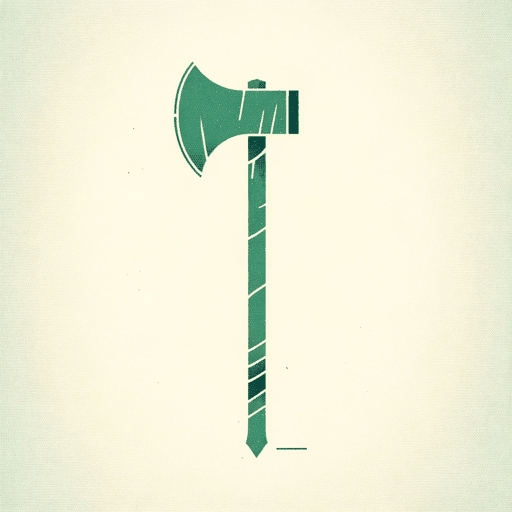
Sir Gawain and the Green Knight
Anonymous

